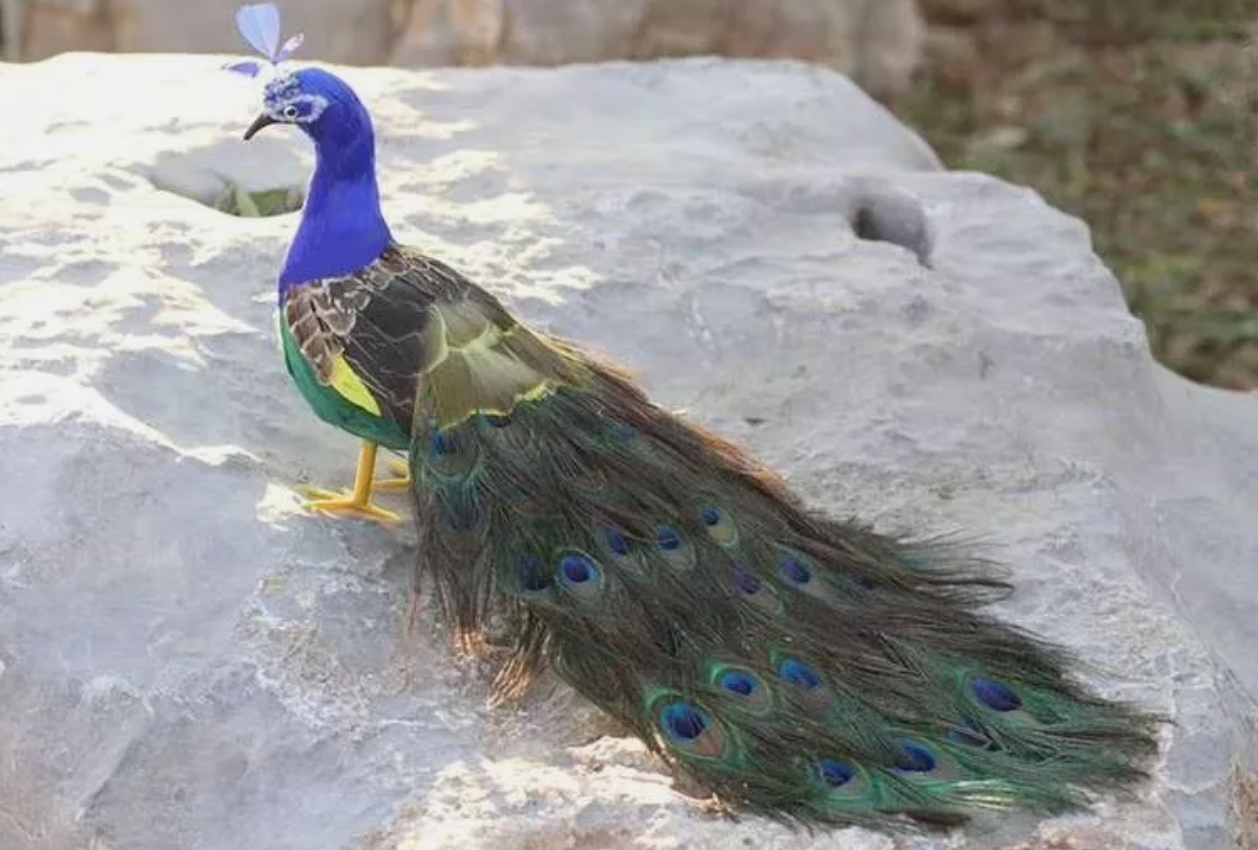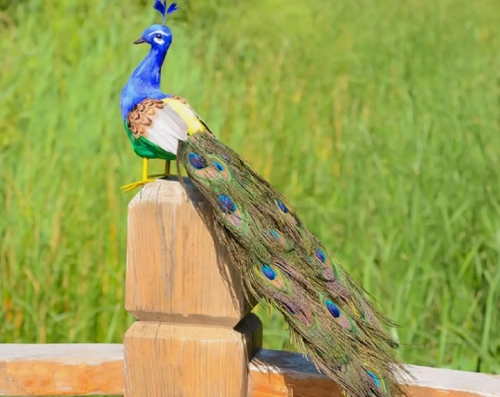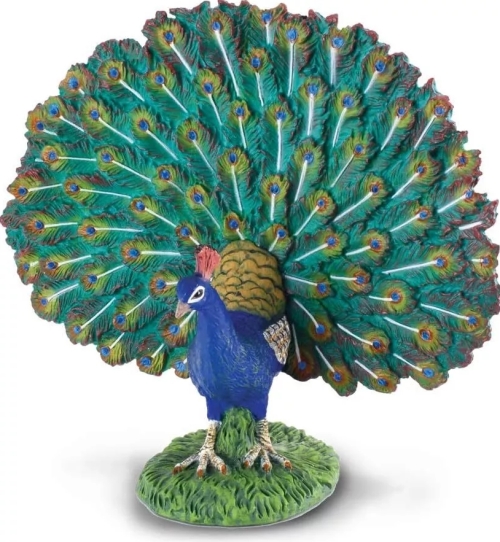Peacock model is a mathematical and computational model widely used in many fields, especially in ecology, economics and social sciences. Its name comes from the peacock's flourishing tail feathers, which symbolize diversity and attraction, and its core idea is to explain the evolution and behavior of a population through competition and selection.
In ecology, the peacock model is often used to explain the principle of sexual selection. In the biological world, individuals are attracted to each other for certain characteristics, which allows certain characteristics to be reinforced in the population. Although the peacock's tail feathers consume a lot of energy and are easy to prey on, they have gradually evolved to become a key factor in reproduction due to their advantages in attracting mates. This process emphasizes the importance of genetic characteristics in population development.
In economics, the peacock model can help understand market competition and consumer behavior. In the market, companies try to attract consumers' attention by offering unique products or services. In this case,companies display their advantages like peacocks,stimulating consumers to make choices. The selection criteria in the model can be based on a variety of factors,such as price,quality,or brand image,which work together to influence the consumer's decision.
The social sciences also use the peacock model to analyze social behavior and patterns. In a social network,individuals gain social capital through specific behaviors or traits to enhance their status in the group. Such competition and choice reflect the interactions and relationships between individuals and reveal the complexity in the social structure.
Overall,the peacock model explores the diversity and complexity of nature and human society by emphasizing the mechanisms of choice and competition. Whether in biological evolution, or in market and social interactions.
















